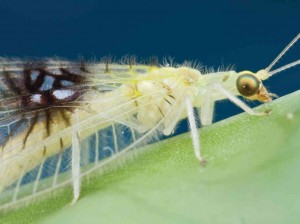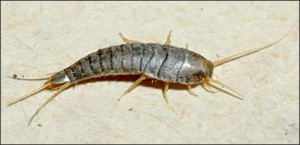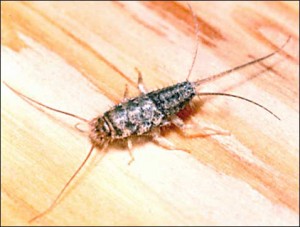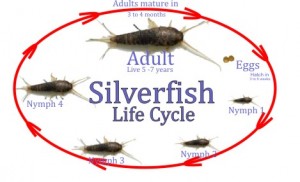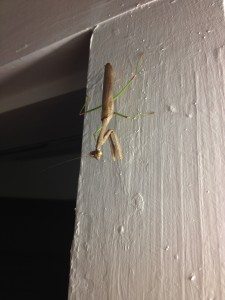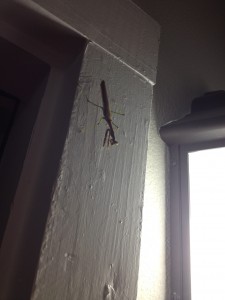Don’t you hate when you’re having a wonderful day, strolling through the park, and all of a sudden…a massive swarm of bugs fly into your mouth, attack your eyes, and zooms up your nostrils?
I have shared too many encounters with these pests! They are swarming around when I’m riding my bike, when I’m talking with friends, when I’m rushing to class, but the craziest experience I had was when I was at my friend’s house earlier this year!
- Closer image of the gnats at friend’s house. Photo taken by T.J. Wenzel
One day I go over to his house and his family is crowded around a window. Not knowing what the big fuss is, I walk over, and what do I see? I see the entire windowsill covered in dead gnats! Furthermore, the gnats weren’t just on one window, but they infested three windows! There were so many and it’s still a mystery how all of them got into the house!
- The dead gnats on the windowsill. Photo taken by T.J. Wenzel
But what are gnats? Are they pests? Are they bugs? Are they both?
Well, gnats aren’t “true bugs”, but it’s okay if you thought they were, a lot of people make that mistake! Gnats actually belong in the order Diptera while true bugs belong in the Hemiptera order! #themoreyouknow
So why do they swarm your face? According to an article in The Gazette, gnats are attracted to the lachrymal fluids that keep our eyes lubricated. But don’t worry they can’t harm you. But if you encounter the buffalo gnat, you may be in trouble. They are known to terrorize and even kill warm-blooded animals in late May and early June. (Another reason for me to stay indoors and surf the internet all summer) The bite of the buffalo gnat can cause itching and swelling that is far worse than a mosquito bite.
Buffalo gnats are terrifying because they are ACTUAL PESTS! The ones we see around campus are bothersome but they don’t really negatively affect our lives. Buffalo gnats do! They ATTACK cattle, horses, mules, hogs, turkeys, chickens, and pretty much everything else! The scary thing about them is that they are difficult to get rid of! DEET? That won’t scare them. Permethrin-containing repellents? Can’t keep these beasts away! The only pesticide that is known to be somewhat successful would be larvicides (pesticides that kill insect larvae).
So why should we care? Well, these harmful gnats have a huge impact on our lives! They are killing our livestock aka our food and they growing in numbers very rapidly. According to Jerome Goddard, associate extension professor of medical and veterinary entomology at Mississippi State University, he thinks that the cause of the increase in buffalo gnat populations in Mississippi may be due to cleaner water. Cleaner water attracts the gnats. Thus, the more efficient we become and cleaning our water, the more gnats there will be! Guess we can’t get the best of both worlds!
We don’t want to simply kill all of the buffalo gnats, but we definitely don’t want them around our livestock, homes, and our water. So, with further research, hopefully, we can find a better solution to this problem!
Here’s a cool article about allosaurus that has a neat anecdote about gnats!
Also, if you want to see how many could swarm around at one time, check out this crazy video!!

